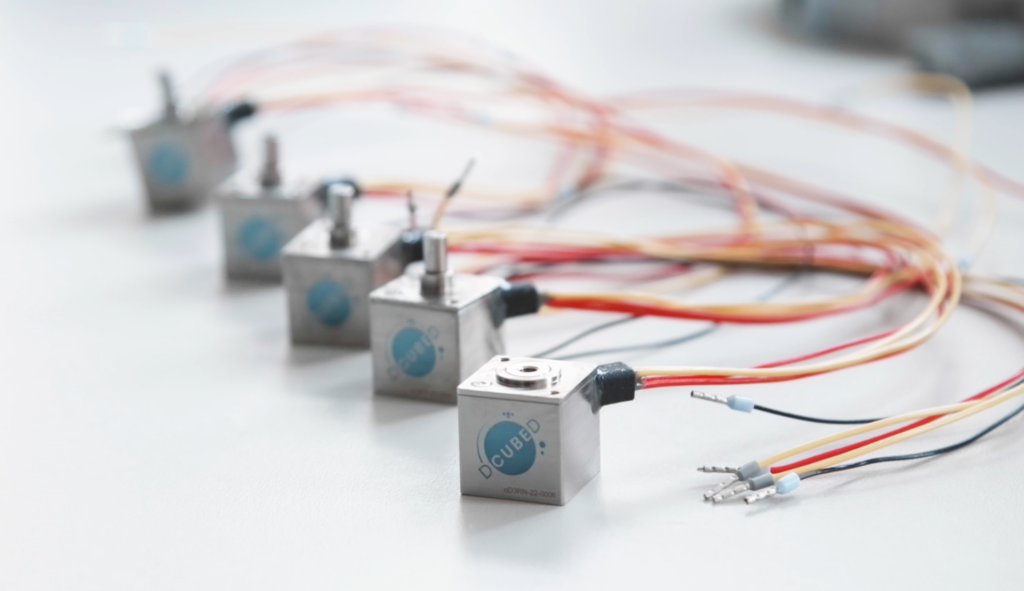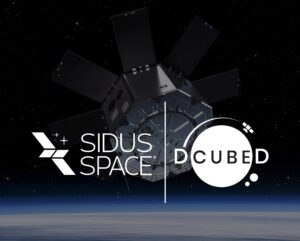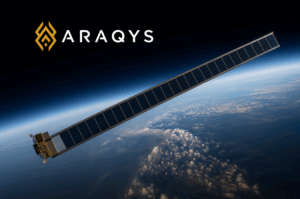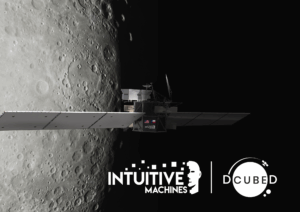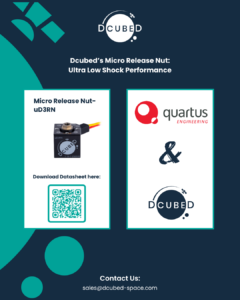Satellite Release Actuators
In the ever-changing realm of satellite technology, the effective deployment of satellites or payloads in space plays a vital role in global communications, weather forecasting, and scientific exploration. Among the key components responsible for successfully releasing satellites into space, satellite release actuators have undergone significant advancements over the years, harnessing cutting-edge technology to ensure precise and dependable deployment systems. This article delves into the evolution of satellite release actuators, exploring their pivotal role in space missions and how they have advanced to meet the demands of modern deployments scenarios.
During the initial stages of space exploration, mechanical actuators played a crucial role in releasing satellites into orbit. These actuators were primarily based on simple mechanisms such as springs and levers. While they were somewhat effective, these mechanical systems lacked the precision required for accurate satellite and payload deployment. The reliance on cumbersome manual operations and limited control capabilities hindered the efficiency and accuracy of these early actuators.
As technology progressed, pneumatic actuators emerged as a significant advancement in satellite release mechanisms. Pneumatic actuators utilized compressed air or gas to generate the necessary force for releasing systems in space. This innovation provided enhanced control and improved precision compared to their mechanical predecessors. Pneumatic actuators paved the way for more reliable and accurate satellite deployments, enabling space actors to expand their capabilities and launch increasingly complex missions.
Electric Release Actuators
In recent years, electric actuators have revolutionized the field of satellite deployment. Leveraging advancements in electrical engineering and control systems, electric actuators offer unparalleled precision, reliability, and versatility. These actuators employ electric motors, drive systems, and sophisticated control algorithms to facilitate smooth and controlled satellite releases.
One key advantage of electric actuators is their ability to provide variable and adjustable force outputs. This feature allows for precise control over the satellite release process, ensuring optimal positioning and minimizing the risks of damage during deployment. Electric actuators also offer programmable motion profiles, enabling tailored release sequences for different satellite configurations.
Furthermore, electric actuators can be integrated with telemetry and feedback systems, providing real-time data on deployment dynamics. This valuable information allows engineers to analyze and optimize release mechanisms, enhancing overall mission success rates. With the advent of electric actuators, space players have witnessed a substantial improvement in satellite deployment accuracy, leading to increased operational efficiency and scientific breakthroughs.
Looking towards the future of release actuators
As technology continues to advance, the frontier of satellite release actuators is expanding even further. The integration of smart actuators and artificial intelligence (AI) algorithms is unlocking new possibilities in deployment systems. Smart actuators combine advanced materials (like Shape Memory Alloys), data processing capabilities, and AI algorithms to enable autonomous and adaptive release systems.
These intelligent actuators can analyze real-time environmental conditions, satellite characteristics, and orbital parameters to optimize the release process and timing. By dynamically adjusting release parameters based on the collected data, smart actuators can ensure maximum performance and safety during satellite deployments. This groundbreaking innovation reduces human intervention, minimizes errors, and enhances the overall efficiency of space missions.
Researchers and engineers are continuously exploring novel materials, miniaturization techniques, and propulsion systems to further enhance actuator performance. Future actuators may be more minuscule and adaptive, offering lightweight and high-force capabilities. You can see how we are helping shape that evolution on our website.
Efforts in miniaturization aim to reduce the size and weight of actuators, enabling the deployment of smaller satellites and constellations with greater efficiency. Additionally, the integration of propulsion systems directly into release actuators could enable more versatile deployment strategies, such as in-orbit satellite repositioning and formation flying.
The evolution of satellite release actuators has been a remarkable journey, characterized by significant advancements in technology and engineering prowess. From the early days of mechanical actuators to the current era of electric actuators and smart systems, the pursuit of precision and reliability has driven continuous innovation. With each technological leap, deployment systems have become more accurate, efficient, and adaptable to the demands of modern space exploration.
As we gaze into the future, the frontiers of release actuators continue to expand, promising even more sophisticated systems that will shape the trajectory of space missions. By remaining at the forefront of technological advancements and embracing the power of innovation, we are poised to unlock new possibilities in satellite deployment and fuel the advancement of humanity’s understanding of the cosmos.
#DCUBEDspace #HDRMs #LaunchLocks #ReleaseActuators
